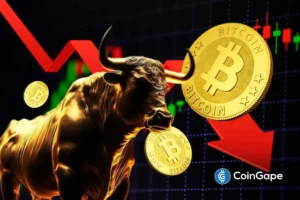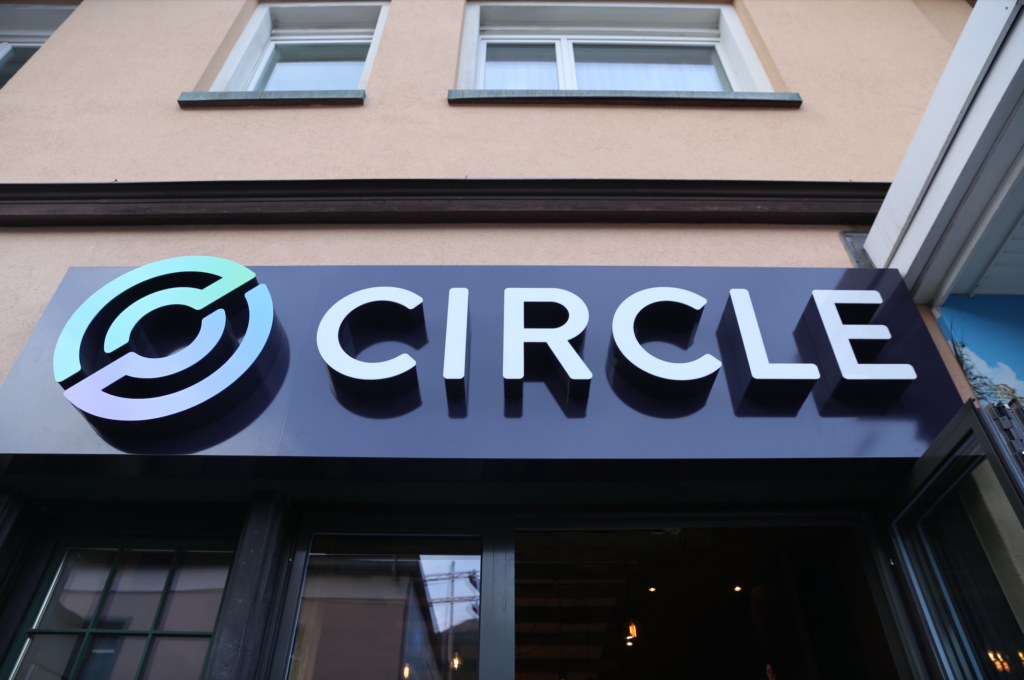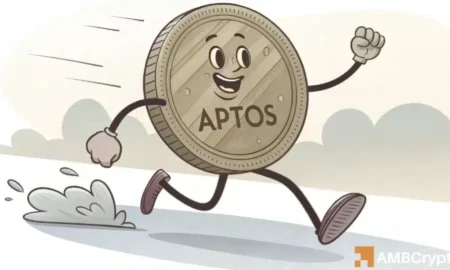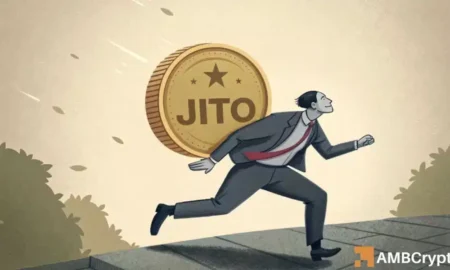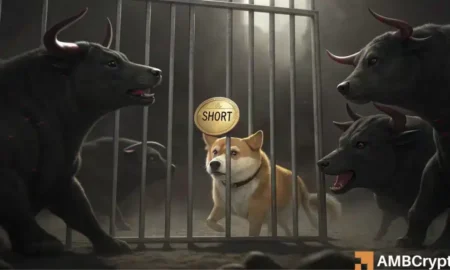Anchorage Digital’s Decision to Phase Out USDC: A Crypto Custody Perspective
Anchorage Digital’s Shift in Stablecoin Strategy
Anchorage Digital, a prominent crypto custodian and federally chartered bank, has made headlines with its recent announcement to phase out support for certain stablecoins, including the widely-used USDC. The firm plans to redirect institutional clients toward adopting the Global Dollar (USDG). This move highlights increasing scrutiny and competition within the stablecoin market, sparking criticism from industry stakeholders who see potential conflicts of interest in Anchorage’s decision.
The Stablecoin Safety Matrix
On the same day of the announcement, Anchorage unveiled its "Stablecoin Safety Matrix", which ranks various stablecoins based on factors like regulatory oversight and reserve asset management. Among the notable shrinkage in rankings was USDC, which was flagged as no longer meeting Anchorage’s internal security criteria. Rachel Anderika, the head of global operations at Anchorage, emphasized the importance of “strong transparency, independence, security, and alignment with future regulatory expectations,” indicating a shift toward a more critical evaluation of asset management practices.
Regulatory Background and Implications
The context for Anchorage’s decision comes amidst heightened regulatory scrutiny in the cryptocurrency space. The recent passing of the GENIUS Act in the U.S. Senate aims to establish clear guidelines for stablecoins and their issuers. If enacted, these regulations could bolster institutional trust in compliant stablecoins and pave the way for broader adoption. Market reports predict that the overall stablecoin sector could balloon from its current valuation of $250 billion to trillions in the coming years, making this a crucial time for firms to position themselves according to anticipated regulatory frameworks.
Mixed Reviews: The Case of USDC
Despite being positioned as a strong contender in the stablecoin market, USDC received a lukewarm score of 2 out of 5 from Anchorage, particularly criticizing its lack of substantial prudential oversight. The report highlighted vulnerabilities, including significant amounts of USDC’s reserves being held in cash at banks, which raised alarms considering the recent depegging incident associated with Silicon Valley Bank. Contrary to this view, entities like S&P Ratings and crypto rating firms have continued to exhibit confidence in USDC, underlining its backing by fiat reserves and compliance with regulatory frameworks.
Industry Backlash and Discontent
The decision to delist USDC was met with fierce backlash from several crypto industry leaders. Critics have accused Anchorage of promoting its own interests—namely the Global Dollar—at the expense of well-established tokens like USDC and Agora USD (AUSD). Notably, Agora’s co-founder, Nick Van Eck, openly questioned Anchorage’s motives, suggesting a lack of transparency in their assessments of USDC and AUSD. The argument points to a potential conflict of interest, as Anchorage has vested interests in the Global Dollar, raising ethical questions regarding the Stablecoin Safety Matrix.
Industry Solidarity and Support for USDC
In light of the criticism, various industry leaders advocated for USDC and AUSD, asserting their reliability and transparency. Circle, the issuer of USDC, defended its compliance history and stated that USDC is fully backed by fiat reserves, countering Anchorage’s risk assessment. Support also emerged from third-party entities, with crypto custodians like BitGo affirming their continued backing for USDC. As the stablecoin landscape evolves, it remains to be seen how institutional preferences will shift in response to regulatory changes and market dynamics.
Anchorage Digital’s withdrawal from supporting USDC reflects a cautious approach in navigating an increasingly regulated and competitive stablecoin environment. While it aims to prioritize stablecoins deemed safer, this move raises vital questions about transparency, ethics, and the future direction of crypto custodianship. The unfolding developments signal a critical juncture for the stablecoin market, with implications for both regulatory compliance and technological adaptation in the face of shifting market demands.



